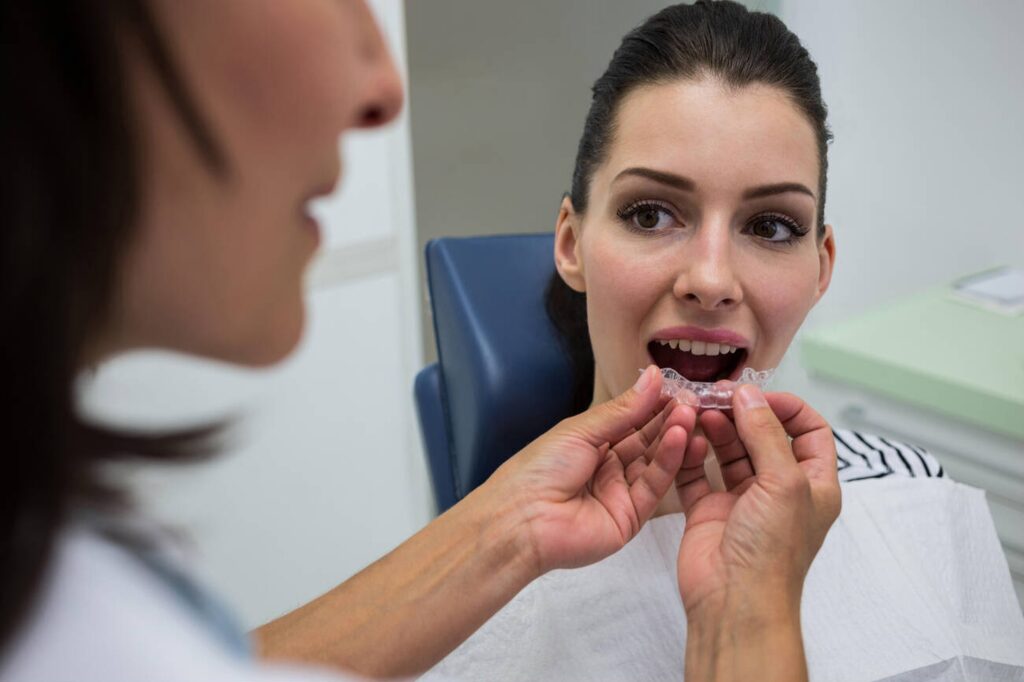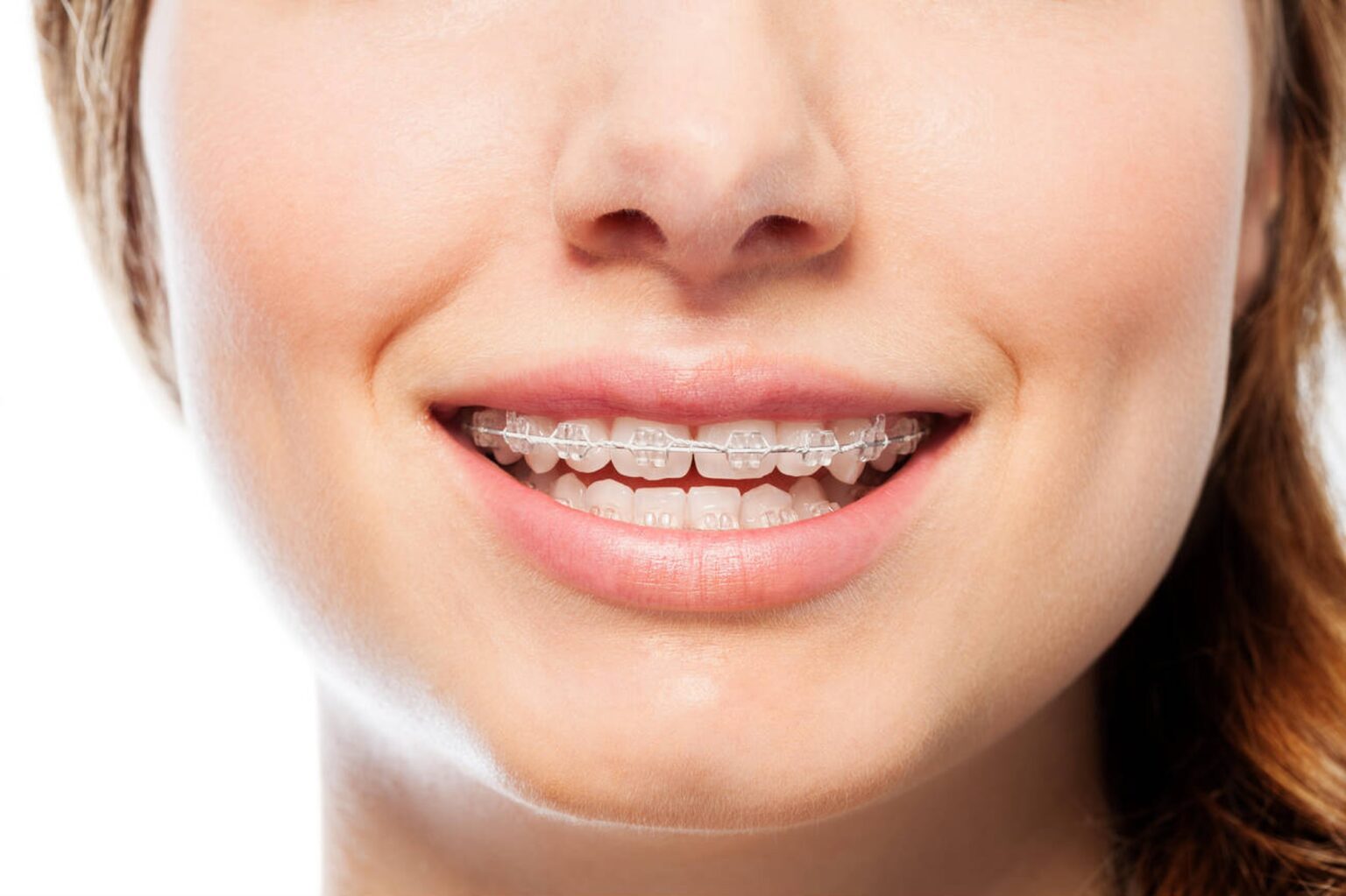Clear braces are an appealing choice for those seeking a more discreet way to straighten their teeth. They offer the same teeth-straightening benefits as traditional braces but with a more subtle appearance. Individuals who want to improve their smile without the visibility of metal braces often find clear braces to be an ideal solution.

These orthodontic options can incorporate ceramic brackets which blend in with the natural color of teeth, making them less noticeable. Many people appreciate the comfort and aesthetic advantages they provide. As with any orthodontic treatment, the journey to a straighter smile with clear braces begins with an assessment from a dental professional.
Key Takeaways
- Clear braces offer a less visible alternative to traditional metal braces.
- They are designed to blend with the natural color of teeth for a discreet look.
- Starting treatment involves a consultation with a dental professional for personalized advice.
What Are Clear Braces?
Clear braces are a popular alternative to traditional metal braces for those seeking a less noticeable way to straighten their teeth. They come in various forms and offer several benefits while also having some drawbacks.
Types of Clear Braces
Clear braces include materials like ceramic and plastic.
- Ceramic Braces: These are made from a clear material that blends with the teeth. They are less visible than metal braces but can be more prone to staining.
- Clear Aligners: Brands like Invisalign are examples of clear aligners. They are removable trays custom-made to fit snugly over the teeth and gradually shift them into position.
Each type has its own method of application and adjustment, catering to different needs in orthodontic treatment.
Benefits of Clear Braces
Clear braces offer several advantages.
- Aesthetic Appeal: The biggest draw is their near invisibility. People often feel more confident wearing them than traditional braces.
- Comfort: Clear braces typically cause less irritation to the cheeks and gums. They are designed to focus on the comfort of the patient during treatment.
- Fewer Food Restrictions: Unlike traditional braces, clear aligners can be removed when eating. This allows individuals to enjoy their favorite foods without worry.
These benefits make clear braces an attractive option for many.
Potential Drawbacks
While clear braces have many advantages, they also come with some downsides.
- Staining Issues: Ceramic braces can stain more easily than metal braces, especially if the wearer consumes certain foods and drinks often.
- Cost: Clear braces often have a higher cost than metal braces. Prices typically range from $4,000 to $8,000, depending on various factors.
- Treatment Time: The treatment with clear braces may take longer, as they often require more adjustments.
These factors are essential to consider for anyone thinking about clear braces.
Getting Started With Clear Braces
Clear braces offer an effective way to straighten teeth while being less noticeable than traditional metal braces. Understanding the steps needed to start this journey is important for anyone considering this option.
Consultation and Eligibility
The first step is scheduling a consultation with an orthodontist. During this visit, the orthodontist will assess the individual’s dental needs. They will examine the teeth, jaw, and overall oral health.
Questions to consider during this meeting include:
- What specific dental issues need correction?
- Are clear braces a suitable option based on their condition?
- What are the expected costs and treatment duration?
Based on this evaluation, the orthodontist will advise on the best course of action. This helps ensure that the patient is a good candidate for clear braces.
The Treatment Process
Once approved, the treatment process begins. The orthodontist will bond clear ceramic brackets to the teeth. These brackets are important for holding the wires that align the teeth.
Next, a special wire connects the brackets and is anchored to the back teeth. This setup allows for gradual movement of the teeth. Clear elastics are often used to secure the wire in place.
Patients should expect regular visits every 4-6 weeks. These appointments allow the orthodontist to monitor progress and make necessary adjustments to the braces.
Aftercare and Maintenance
After getting clear braces, proper care is crucial to ensure an effective treatment. Patients should brush and floss regularly to keep the teeth and braces clean.
Using a soft-bristled toothbrush is recommended. Avoid hard or sticky foods that can damage the braces.
It’s also important to attend all follow-up appointments. These visits help track progress and make any needed adjustments.
Maintaining good oral hygiene will lead to a healthier smile after treatment is complete.














